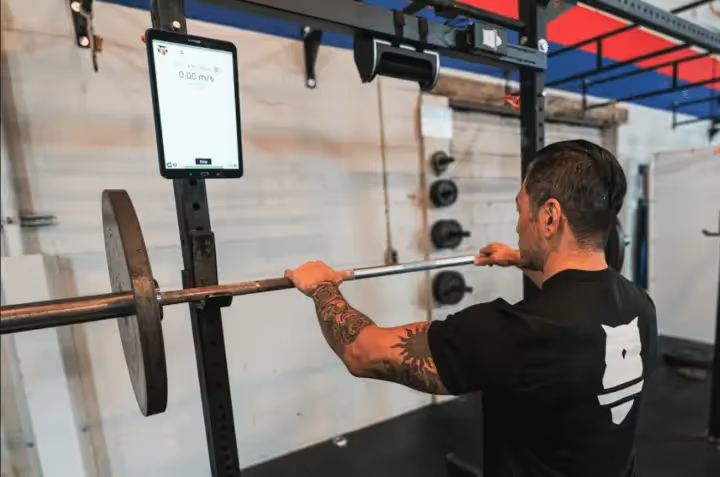The Importance of Pre-Workout Evaluation and Jump Assessments: Unlocking Athletic Potential

In the world of sports and athletics, optimizing performance is a constant pursuit. Coaches and athletes are always seeking ways to gain that competitive edge and enhance their training strategies. One crucial but often overlooked aspect of this pursuit is the pre-workout evaluation and jump assessments, particularly focused on countermovement jumps (CMJ), drop jumps, and continuous jumps or rebound jumps. In this article, we'll delve into why these assessments matter and how they can provide valuable insights into an athlete's readiness, explosiveness, and daily fatigue.
The Jump Assessment Advantage
Jump assessments are a valuable tool in the arsenal of coaches and athletes alike. They offer a window into an athlete's neuromuscular system, providing insights that extend beyond just measuring vertical leap. Countermovement jumps (CMJ), drop jumps, and continuous jumps assess an athlete's ability to generate force, react quickly, and coordinate muscle activation—all vital components of athletic performance.
Key Metrics in Jump Assessments
Jump Height: The most obvious metric, jump height, reveals an athlete's ability to produce vertical force. It's a key indicator of lower body power and explosiveness.
Reactive Strength Index Modified (RSI mod): RSI mod measures an athlete's ability to transition from an eccentric (lengthening) phase to a concentric (shortening) phase rapidly. It quantifies an athlete's capacity to utilize stored elastic energy in their muscles and tendons effectively.
Time to Takeoff: This metric gauges how quickly an athlete can initiate the upward phase of a jump, reflecting reaction time and explosiveness.
Takeoff Velocity: Similar to jump height, takeoff velocity provides information on the athlete's speed and explosiveness during the propulsive phase of the jump.
Performance Attributes: Explosiveness and Readiness
Now, let's explore how these metrics can inform performance attributes and daily readiness, which are critical for athletes aiming to achieve peak performance.
Explosiveness:
Jump assessments are a direct reflection of an athlete's explosiveness. A high jump height, rapid RSI mod, quick time to takeoff, and impressive takeoff velocity all indicate an athlete's ability to generate rapid force and power—an essential attribute in sports like basketball, volleyball, sprinting, and more.
Daily Readiness and Fatigue:
Jump assessments go beyond performance attributes; they can also serve as early warning signs for daily readiness and fatigue. A consistently low jump height, slower time to takeoff, or decreased takeoff velocity may indicate an athlete's fatigue levels or readiness to perform optimally.
Making Informed Decisions: Rest vs. Training
One of the most significant benefits of jump assessments is their ability to inform training decisions. Coaches and athletes can use these metrics to determine whether it's a day for intense training or a day for rest and recovery.
Optimal Training Days: On days when jump assessments indicate high explosiveness and readiness, coaches can push athletes to perform high-intensity workouts, knowing that their neuromuscular system is primed for peak performance.
Rest Days: Conversely, when jump assessments reveal signs of fatigue or reduced explosiveness, coaches can opt for lighter training sessions or recommend rest days. This helps prevent overtraining, reduces the risk of injury, and ensures that athletes recover adequately.
Perch: Elevating Jump Assessments
While the importance of jump assessments is undeniable, it's essential to have the right tools to conduct them accurately and efficiently. This is where technology, like Perch, comes into play.
Perch developed a new product offering called Perch Evaluate, it simplifies jump assessments. With precision 3D cameras and real-time data analysis, Perch provides coaches and athletes with immediate feedback on key metrics like jump height, RSI mod, time to takeoff, and takeoff velocity. This technology eliminates the need for manual measurements and calculations, allowing for seamless integration of jump assessments into training routines. More importantly, if a facility is equipped with Perch, these assessments can take place directly at the weight rack without having to wait for a single jump mat, force plate, or Vertec. This means saved time and saved money on more technology.
Perch also has built in insights to our Evaluate portal, so each performed jump assessment will be completed with variance insights based on a rolling time period, alongside a typical spread and the number of Standard Deviations today’s assessment was from average. Basically how does today compare to your assessment history? Perch can tell you!
Conclusion
In conclusion, pre-workout evaluations and jump assessments, including CMJ, drop jumps, and continuous jumps, are invaluable tools for coaches and athletes striving to maximize athletic potential. These assessments offer insights into explosiveness, daily readiness, and fatigue, enabling coaches to make informed decisions about training intensity and recovery. With the help of advanced technology like Perch, these assessments become even more accessible and efficient, ultimately helping athletes reach new heights in their athletic pursuits. So, take the leap—incorporate jump assessments into your training regimen and elevate your performance to the next level.
Read more about Perch here! And check out Product Videos here. And our support website here.
Back to basics? Review the origins of VBT and Strength Training!

Start Gathering Data With Perch Today!
Reach out to us to speak with a representative and get started using Perch in your facility.

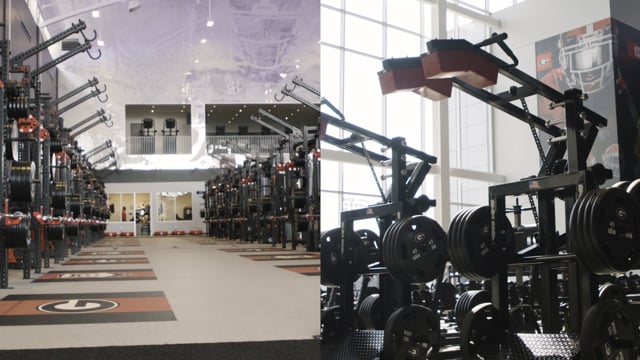
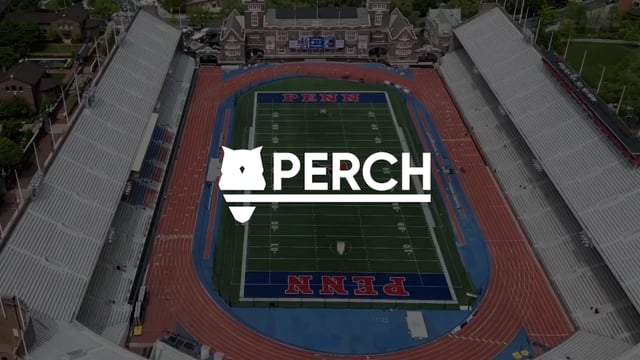






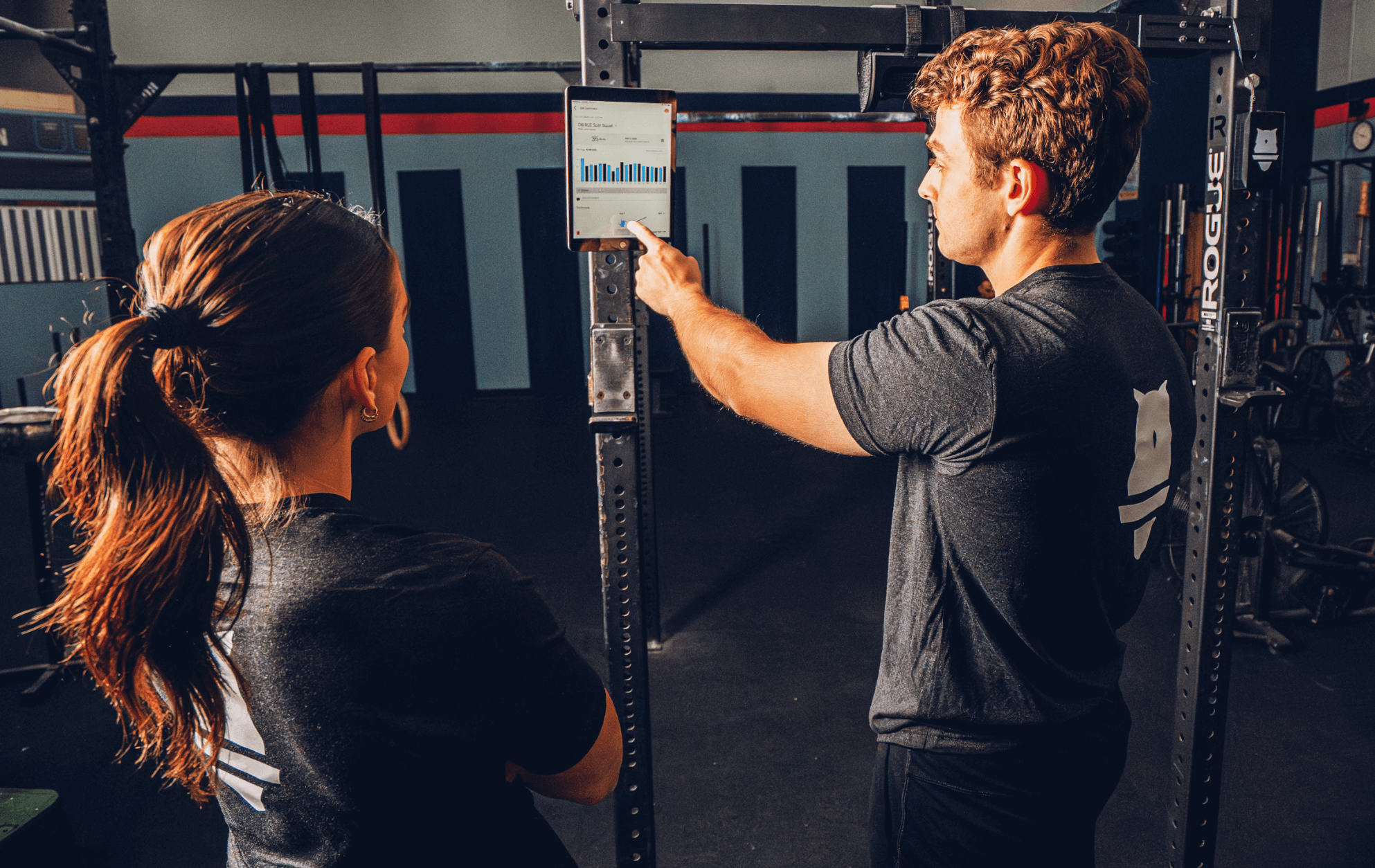































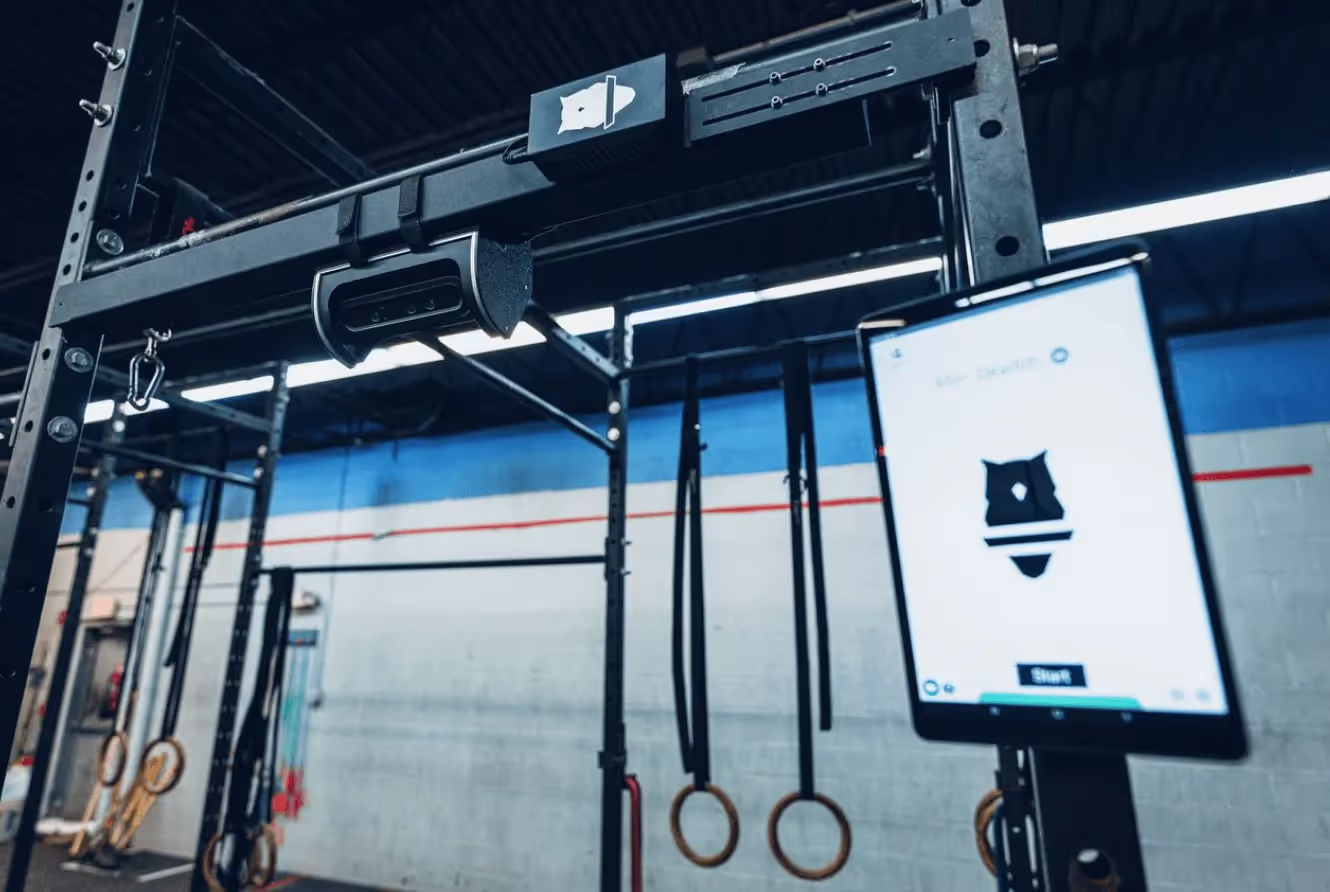
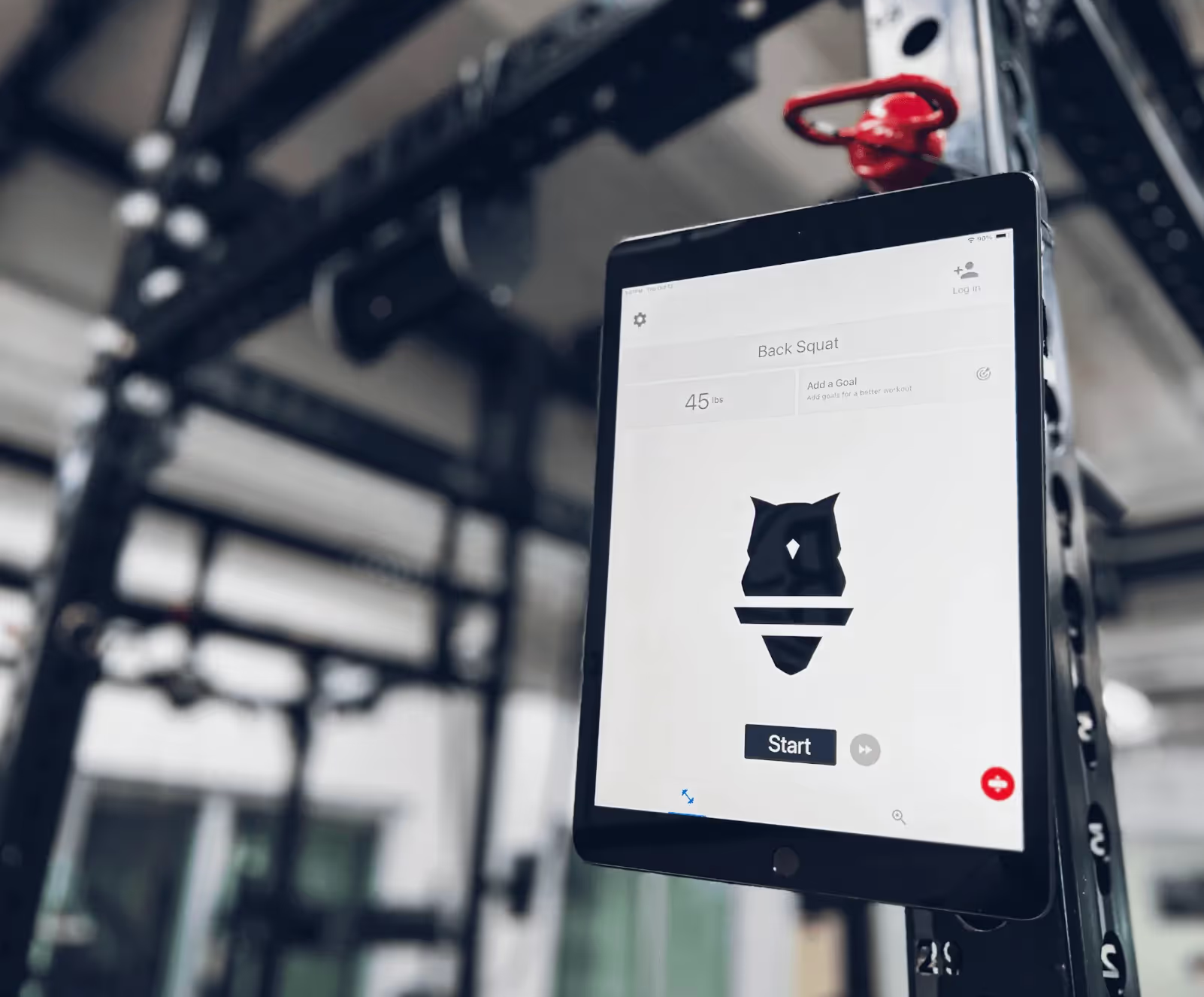



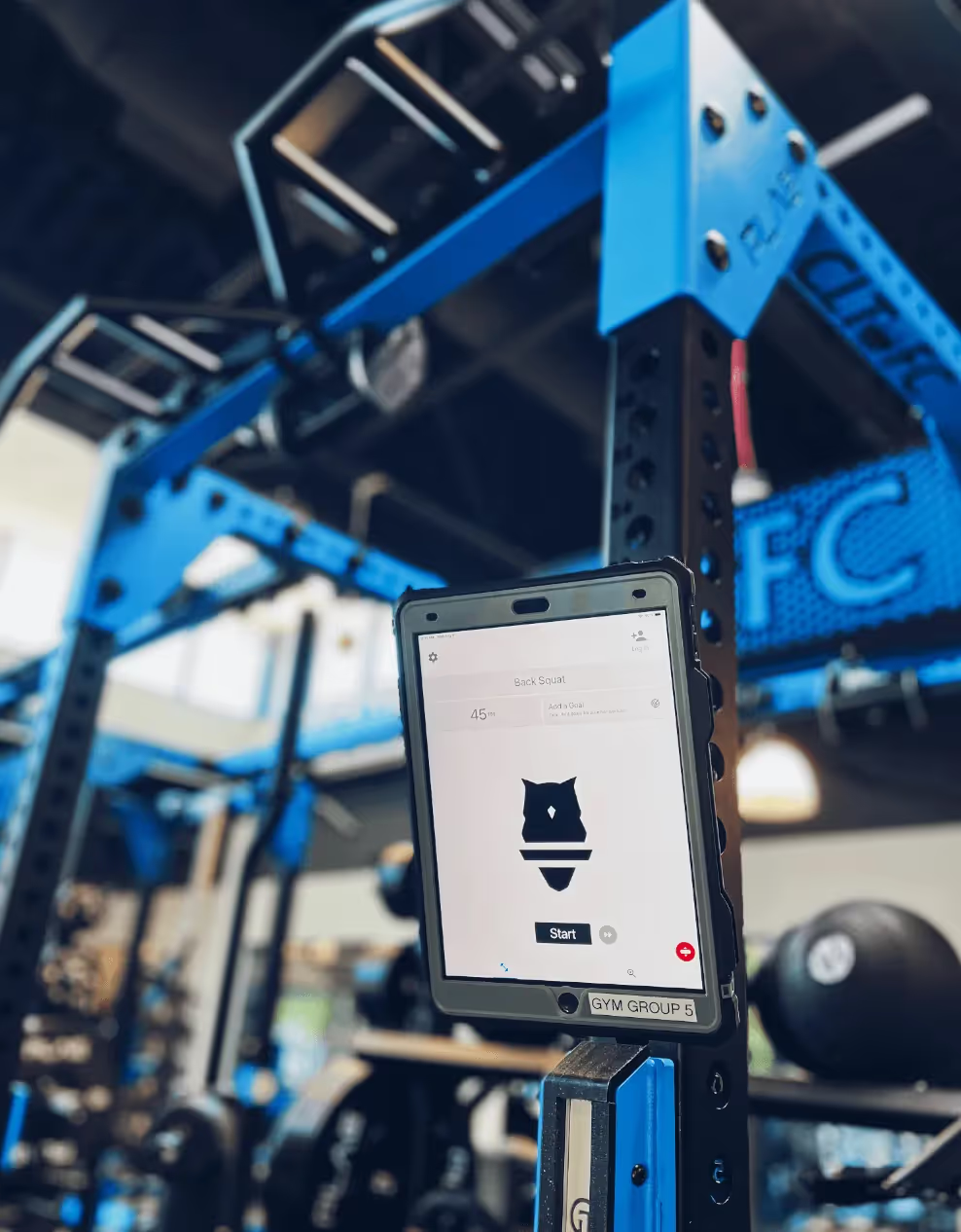
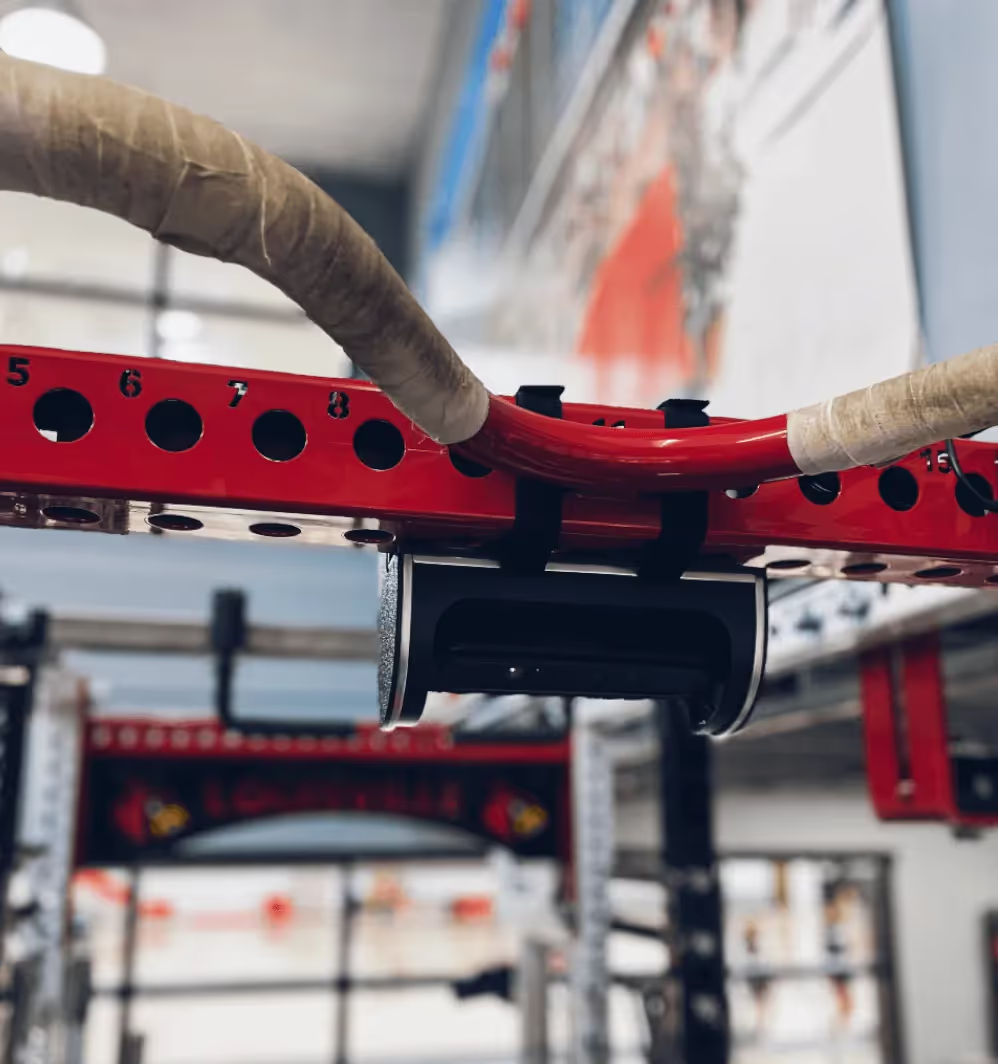












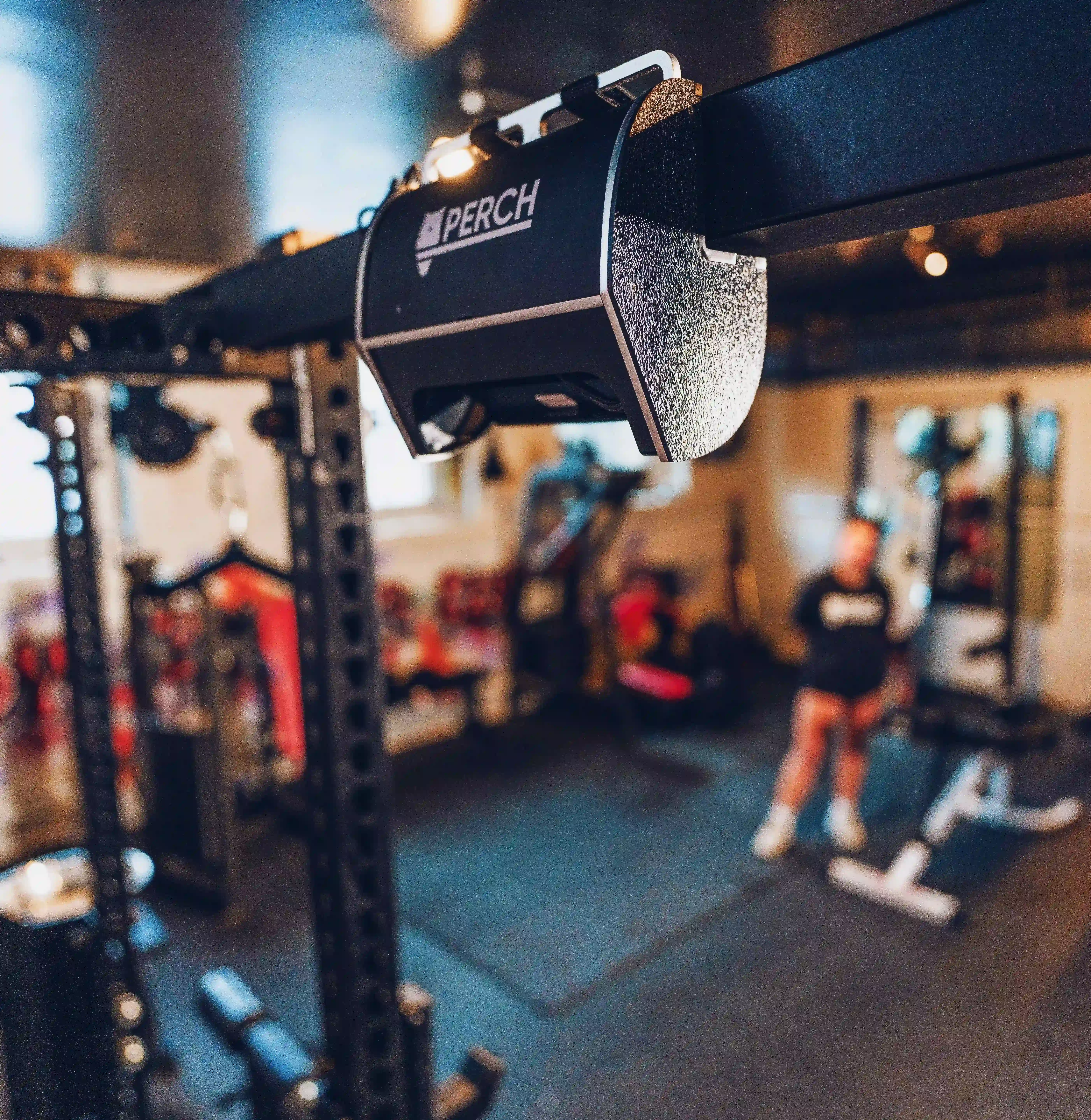
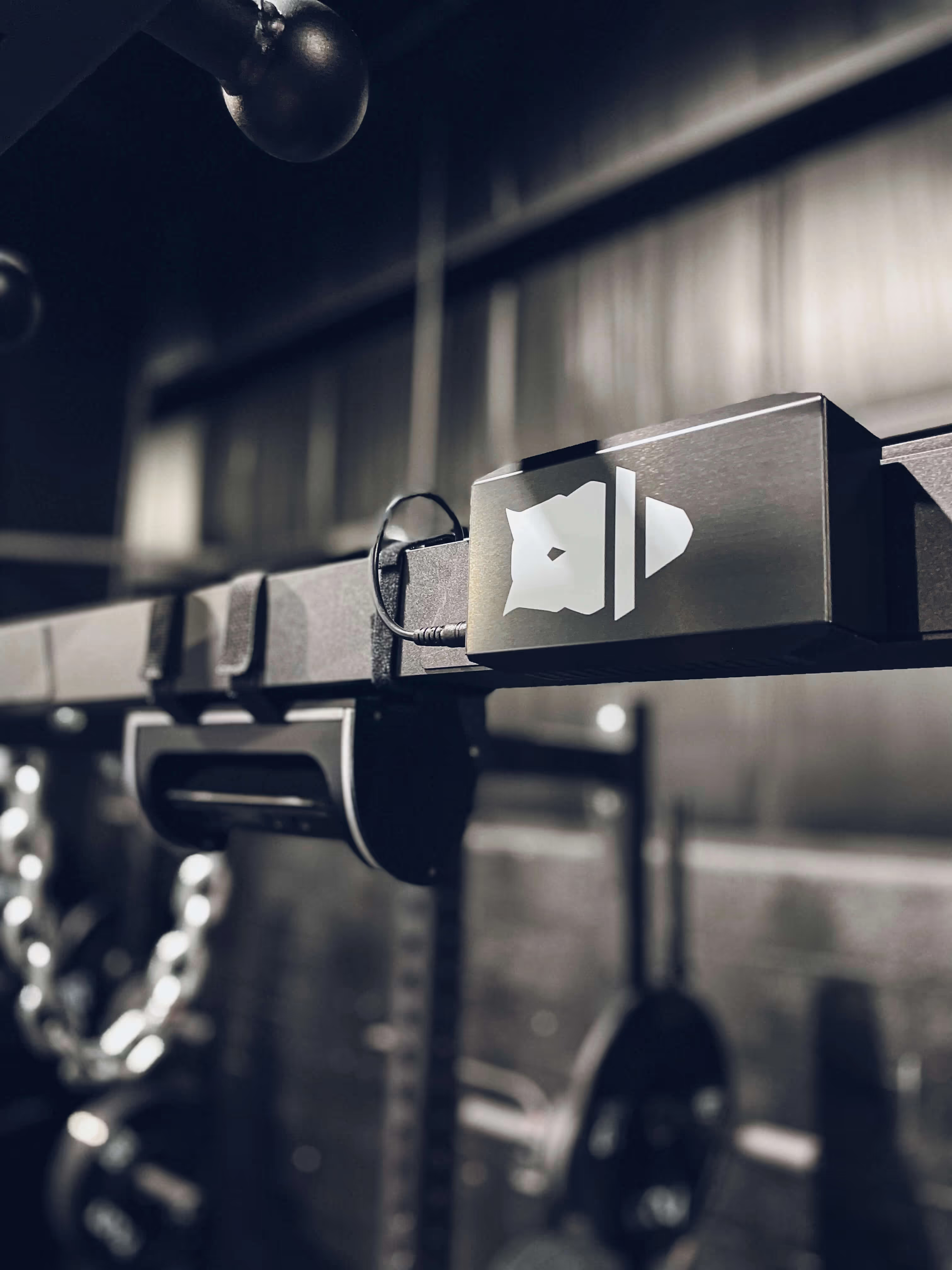

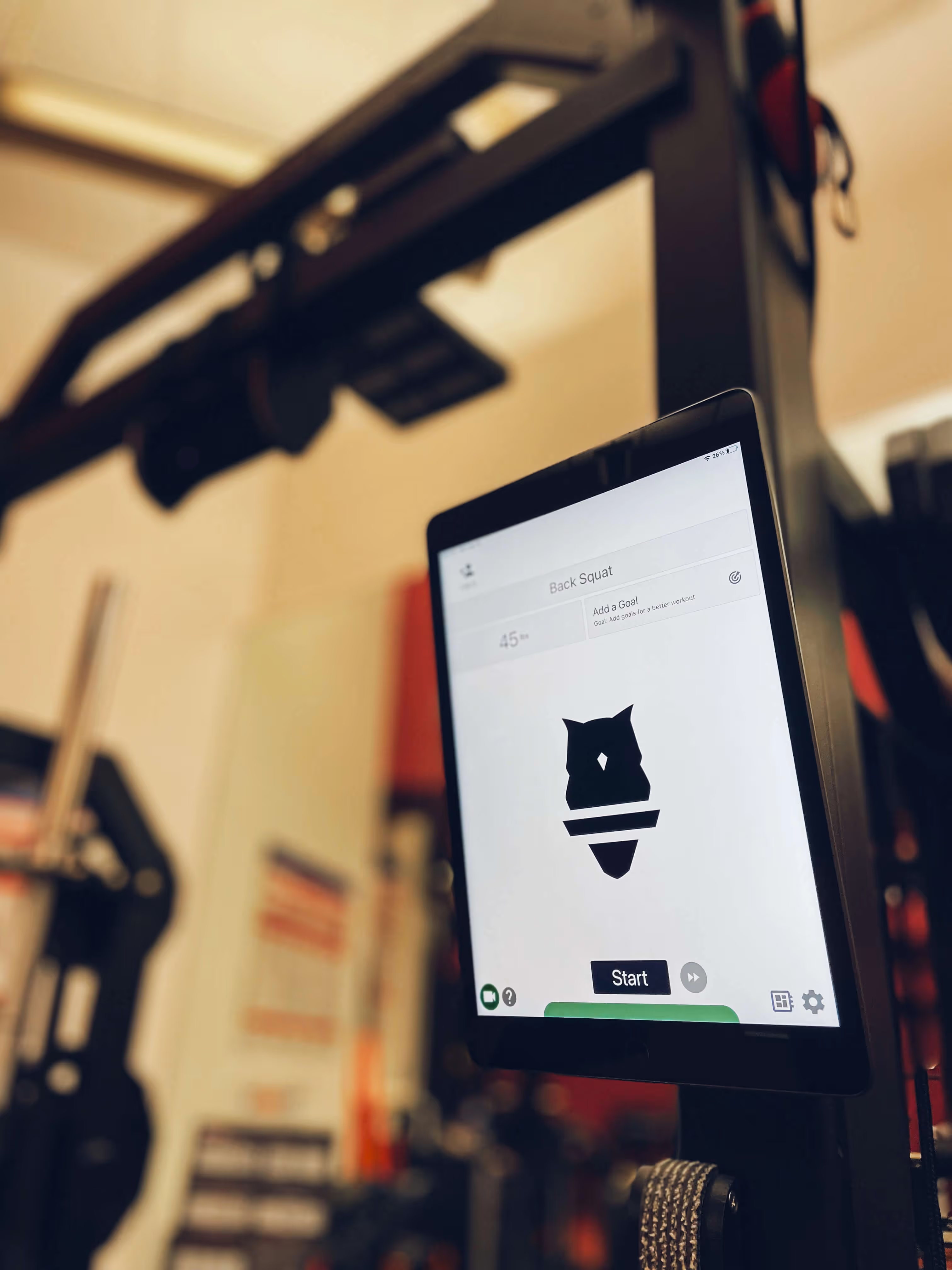

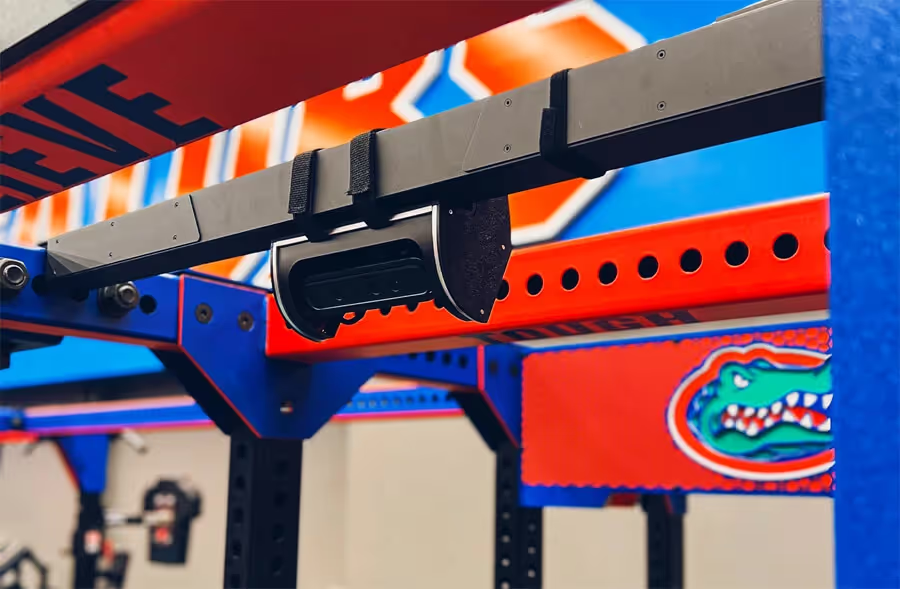






.avif)






